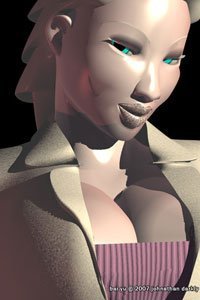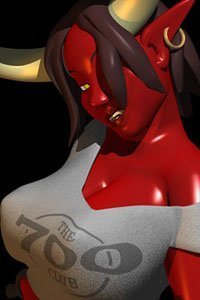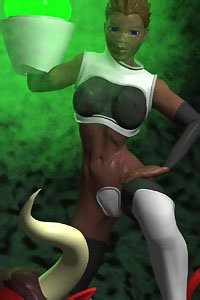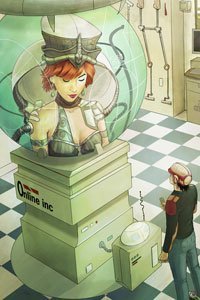Alita’s Terrifying Transhumanism
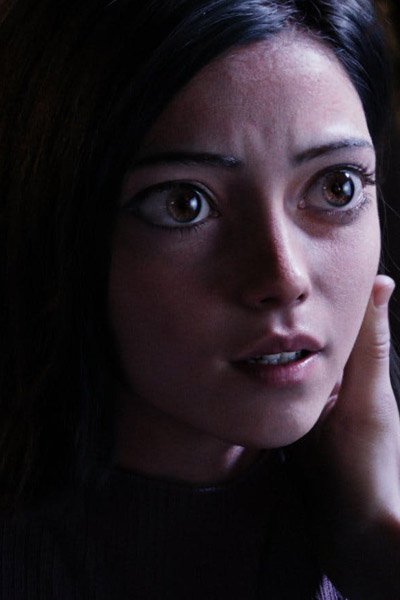
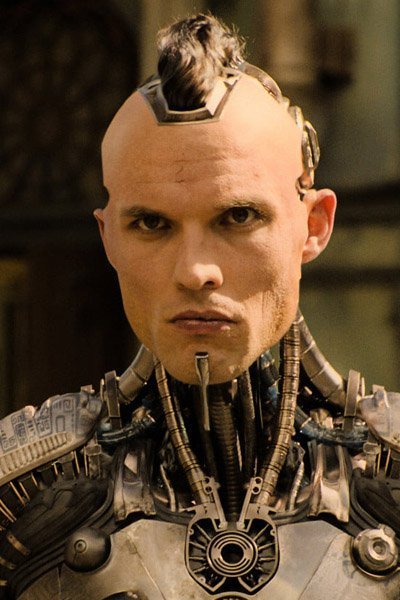
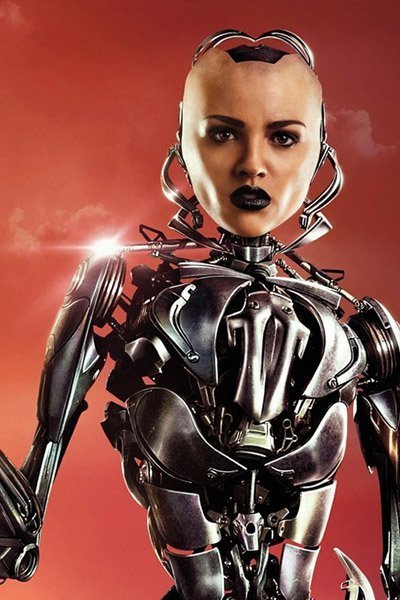
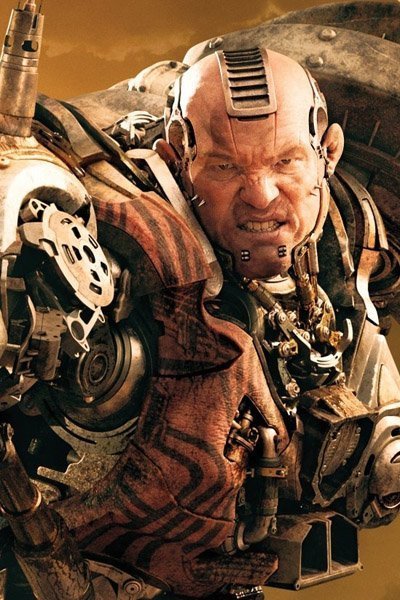
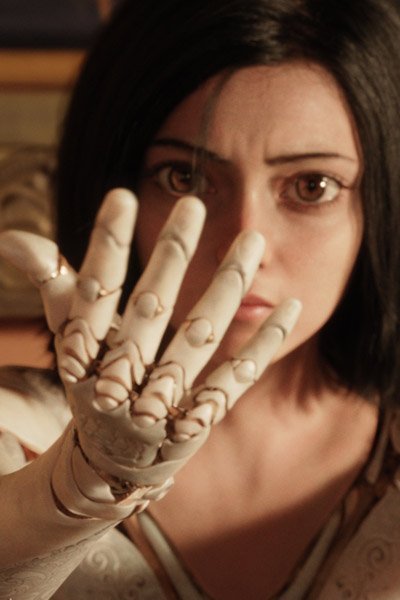
The global box office returns have spoken, and Alita: Battle Angel is a resounding success. Yet, some were disturbed by certain inhuman aspects of Alita and her enhanced enemies. Perhaps some moviegoers didn’t like being reminded that on just this side of the uncanny valley lies the potential for a kind of techno body horror?
Alita certainly appears to be something other than human: her large eyes are simultaneously childlike and alien. But in nearly every other way, Alita looks and behaves like a normal young woman. This makes her struggles and setbacks far more troubling for those who forget that manufactured bodies can be easily repaired or replaced.
What does it say when every cyborg in Iron City, no matter how elaborately inhuman, preserves their face above all other parts of they’re original body? Does this faint echo of mortality help the characters retain the illusion of their organic origins as they search for their own self worth? It may simply be a matter of convenience, as few people seek out conversations or relationships with inanimate objects.
In our pursuit of a meaningful life — a longer, more productive life — we run the risk of losing the things that make us human. Does modifying our body diminish our humanity as we become more machine than animal? Alita assures us that our humanity doesn’t rely on our appearance, and can only be lost by devaluing the lives of others. Ultimately, that which makes is human can survive well beyond our original frame as long as we remain true to ourselves.
Written by Jeff in March of 2019. Last edited March 2019.
 Blue Moon Rising
Blue Moon Rising








